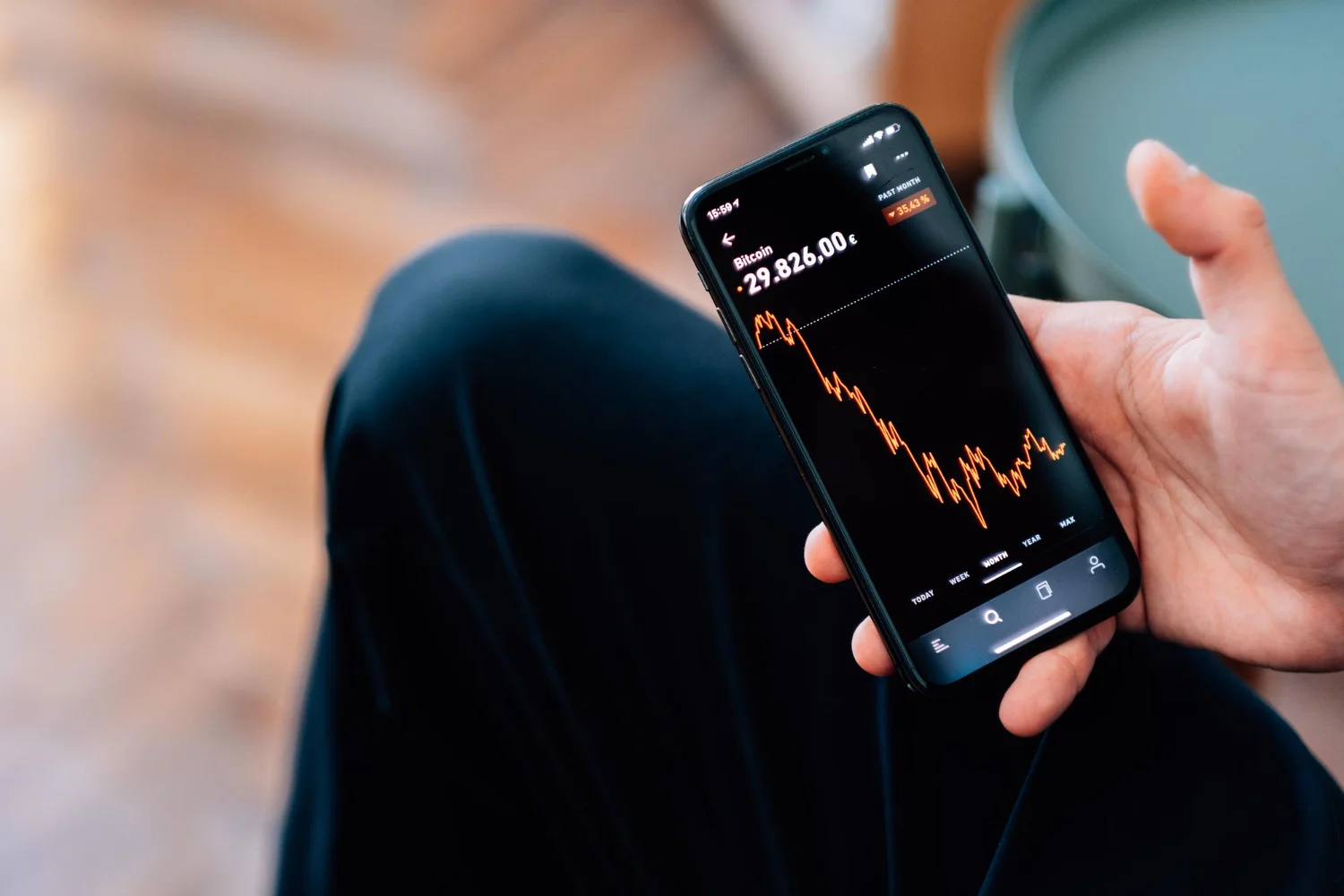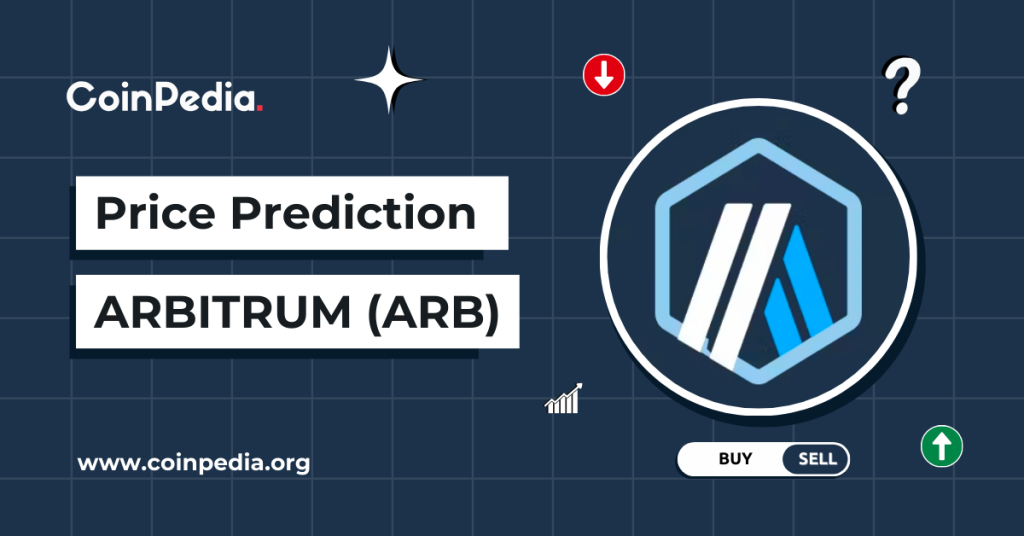The cost of crypto influencer marketing
In recent years, the rise of cryptocurrencies has led to the emergence of a new form of marketing – crypto influencer marketing. This innovative approach taps into the power of social media influencers to promote and endorse various cryptocurrencies and related products. However, one question looms large for businesses and marketers alike: how much does crypto influencer marketing cost?
Understanding Crypto Influencer Marketing
Before diving into the cost factors, it’s important to understand the role of influencers in cryptocurrency marketing and their impact on market trends. Cryptocurrency influencers play a crucial role in shaping the perception and adoption of different cryptocurrencies. Through their expertise and large following, they have the power to influence market sentiment and drive investor interest.
When delving deeper into the world of crypto influencer marketing, it becomes evident that these individuals are not just social media personalities but rather key players in the digital asset ecosystem. Their insights and endorsements can sway the decisions of both seasoned investors and newcomers in the crypto space. By leveraging their credibility and reach, influencers can spark conversations, debates, and ultimately, market movements.
The Role of Influencers in Cryptocurrency Marketing
Crypto influencers act as advocates and thought leaders in the industry. They use their knowledge and experience to educate their followers on the potential benefits and risks of investing in cryptocurrencies. By establishing themselves as trustworthy sources of information, influencers can sway public opinion and drive demand for specific digital assets.
Furthermore, these influencers often collaborate with projects and companies within the blockchain and cryptocurrency sphere, providing valuable exposure and endorsement. Their ability to bridge the gap between complex technology and mainstream audiences is a unique skill that sets them apart in the marketing landscape.
The Impact of Crypto Influencers on Market Trends
Moreover, crypto influencers have the ability to create trends within the cryptocurrency space. Whether it’s by promoting a particular cryptocurrency or endorsing a new exchange platform, they can significantly impact market prices and trading volumes. As a result, businesses are increasingly turning to influencers as a way to amplify their marketing efforts and reach a wider audience.
It is important to note that the relationship between influencers and the crypto market is dynamic and constantly evolving. As regulations tighten and consumer awareness grows, influencers are under increasing scrutiny to maintain transparency and authenticity in their promotional activities. Navigating this landscape requires a delicate balance between advocacy and responsibility, as influencers continue to shape the narrative of the crypto industry.
The Cost Factors of Crypto Influencer Marketing
When determining the cost of a crypto influencer marketing campaign, several factors come into play. Let’s take a closer look at the key considerations that can influence the overall cost.
Before diving into the specifics of cost factors for crypto influencer marketing, it’s essential to understand the dynamic nature of the cryptocurrency market. The volatility and ever-changing landscape of cryptocurrencies can impact the pricing strategies of influencers. Factors such as market trends, regulatory changes, and the overall sentiment towards cryptocurrencies can all influence the cost of engaging influencers for marketing purposes.
Influencer’s Reach and Engagement Rates
One of the primary factors that affect the cost of crypto influencer marketing is the influencer’s reach and engagement rates. Influencers with a larger following and higher engagement rates will naturally command higher fees. The logic behind this is that a larger audience implies a greater potential reach for the marketing message, resulting in a higher price tag.
Moreover, the quality of engagement, such as genuine interactions and meaningful conversations sparked by the influencer’s content, can also impact the overall cost. Brands often value not just the quantity of reach but the quality of engagement when assessing the effectiveness of a crypto influencer marketing campaign.
The Complexity of the Marketing Campaign
Another factor to consider is the complexity of the marketing campaign. For instance, if the campaign requires influencers to create high-quality videos or custom content, the price will likely be higher compared to a standard social media post. Factors such as the level of creativity and effort required from the influencer will contribute to the overall cost.
Furthermore, the alignment of the influencer’s personal brand with the crypto project being promoted can also influence pricing. If the influencer needs to conduct in-depth research or tailor their content to resonate with their audience while maintaining authenticity, the cost of the campaign may increase to reflect the additional effort and expertise required.
Duration of the Marketing Campaign
The duration of the marketing campaign also plays a role in determining the cost. Influencers typically charge based on the length of the campaign, with longer campaigns generally resulting in a higher overall cost. It’s important to strike a balance between campaign duration and budget to ensure the desired outcomes are achieved.
Additionally, the timing of the campaign in relation to market events or product launches can impact pricing. Influencers may adjust their rates based on the strategic importance of the campaign timeline and the potential impact on their audience during specific market conditions.
Pricing Models in Crypto Influencer Marketing
When it comes to pricing, crypto influencer marketing adopts different models that businesses can choose from based on their goals and budget.
Understanding the various pricing models in crypto influencer marketing is crucial for businesses looking to leverage the power of influencers in the digital space. Each pricing model offers unique advantages and considerations, allowing businesses to tailor their approach to suit their specific needs.
Pay Per Post Pricing Model
The pay per post pricing model is one of the most common approaches in crypto influencer marketing. In this model, businesses pay influencers a set fee for each post or piece of content they create and promote. The price per post is negotiable and can vary depending on factors such as the influencer’s reach and engagement rates, as well as the complexity of the post.
Businesses opting for the pay per post model often value the predictability and control it offers, as they can budget effectively for each promotional post. Additionally, this model allows for a direct correlation between payment and deliverables, ensuring transparency in the influencer partnership.
Cost Per Click (CPC) Pricing Model
In the cost per click pricing model, businesses pay influencers based on the number of clicks generated from their promotional content. This model aligns the influencer’s compensation with the actual engagement and interest generated by their posts. The price per click can be pre-determined or negotiated, and it provides businesses with a more measurable and performance-driven pricing structure.
By adopting the cost per click model, businesses can track the effectiveness of influencer campaigns in real-time, allowing for optimization and adjustments to maximize ROI. This model incentivizes influencers to create compelling content that drives clicks and conversions, fostering a results-oriented partnership between businesses and influencers.
Cost Per Acquisition (CPA) Pricing Model
The cost per acquisition pricing model focuses on the actual conversions or acquisitions generated through the influencer’s efforts. Businesses pay influencers based on a percentage of the revenue or number of conversions attributed to their promotional activities. This model emphasizes the value and impact of influencer marketing in driving tangible business results.
Implementing the cost per acquisition model requires a strategic approach to tracking and attributing conversions to influencer-driven initiatives. By aligning compensation with the outcomes that directly impact the bottom line, businesses can establish a performance-based partnership with influencers, driving mutual success and growth.
Negotiating the Cost of Crypto Influencer Marketing
When engaging with crypto influencers, it’s crucial to negotiate the cost to ensure a fair deal for both parties. Here are some tips to keep in mind when entering into price negotiations:
Tips for Negotiating with Crypto Influencers
- Do your research. Understand the average rates in the market to ensure you are getting a competitive deal.
- Consider the long-term relationship. Building a strong and mutually beneficial partnership with influencers can lead to more favorable pricing and collaborative opportunities in the future.
- Offer additional benefits. Apart from monetary compensation, consider providing influencers with perks such as free access to products or exclusive experiences to incentivize their participation.
Common Pitfalls to Avoid in Negotiation
- Avoid underestimating the value of the influencer’s reach and engagement rates.
- Don’t solely focus on price. Consider the influencer’s audience alignment, content quality, and overall reputation.
- Ensure clear communication and expectations to avoid any misunderstandings or disputes down the line.
Measuring the ROI of Crypto Influencer Marketing
As with any marketing strategy, measuring the return on investment (ROI) of crypto influencer marketing is crucial to determine its effectiveness and value. Here are some key performance indicators (KPIs) to consider when evaluating the success of your campaign:
Key Performance Indicators (KPIs) for Crypto Influencer Marketing
- Increase in social media followers and engagement.
- Website traffic and conversions attributed to influencer referrals.
- Brand mentions and sentiment analysis.
- Direct sales or lead generation.
Tools for Tracking Crypto Influencer Marketing ROI
Several tools and platforms are available to help track and measure the ROI of crypto influencer marketing campaigns. These tools provide insights into the effectiveness of the campaign and enable businesses to optimize their strategies for better results.
In conclusion, the cost of crypto influencer marketing varies based on factors such as the influencer’s reach, the complexity of the campaign, and its duration. By understanding the various pricing models and negotiating effectively, businesses can maximize their ROI and leverage the power of influencers to promote their cryptocurrencies and related offerings.




